Australian Qualifications Framework: The Complete Guide for RTOs and Vocational Education
A complete guide to the Australian Qualifications Framework. Understand AQF levels, pathways, and compliance for RTOs and training providers.
A complete guide to the Australian Qualifications Framework. Understand AQF levels, pathways, and compliance for RTOs and training providers.

Confusion around qualifications can overwhelm training providers. Different levels, rules, and expectations often leave RTOs unsure how to align courses with national standards. The Australian Qualifications Framework (AQF) removes that uncertainty by setting clear guidelines for every level of learning.
This guide explains how the AQF works, why it matters, and what RTOs need to know about compliance, course design, and future trends. Whether running a well-established training organisation or launching your first programs, these insights will help you deliver competitive, nationally recognised programs.
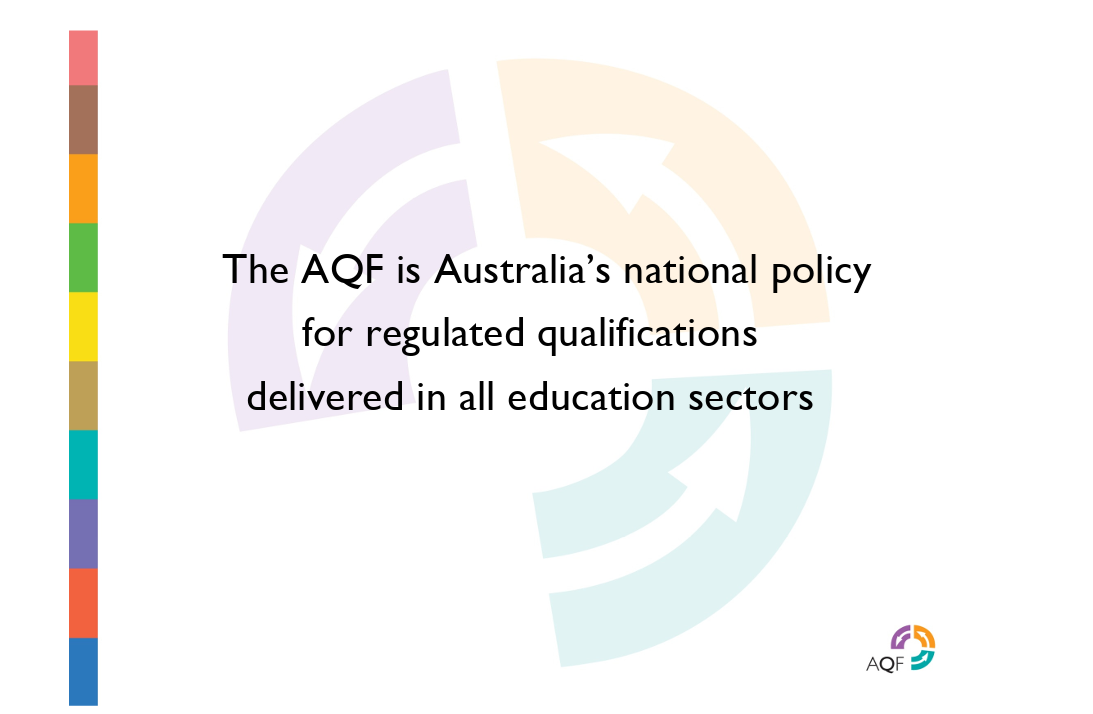
The Australian Qualifications Framework (AQF) sets the national standard for education in Australia. It works like a roadmap that explains how every qualification fits together, from school certificates right through to doctoral degrees. With this framework in place, students, employers, and training providers can clearly understand what each qualification means and how it compares to others.
For RTOs and vocational education providers, the AQF is especially important. It guides course design, assessments, and outcomes so that qualifications remain consistent across the country. This not only helps learners move smoothly between education levels but also makes their skills more recognized by employers in Australia and overseas.
The AQF was introduced in 1995 to create one consistent national system for education. Since then, it has been updated to keep qualifications relevant to industry needs and global standards.
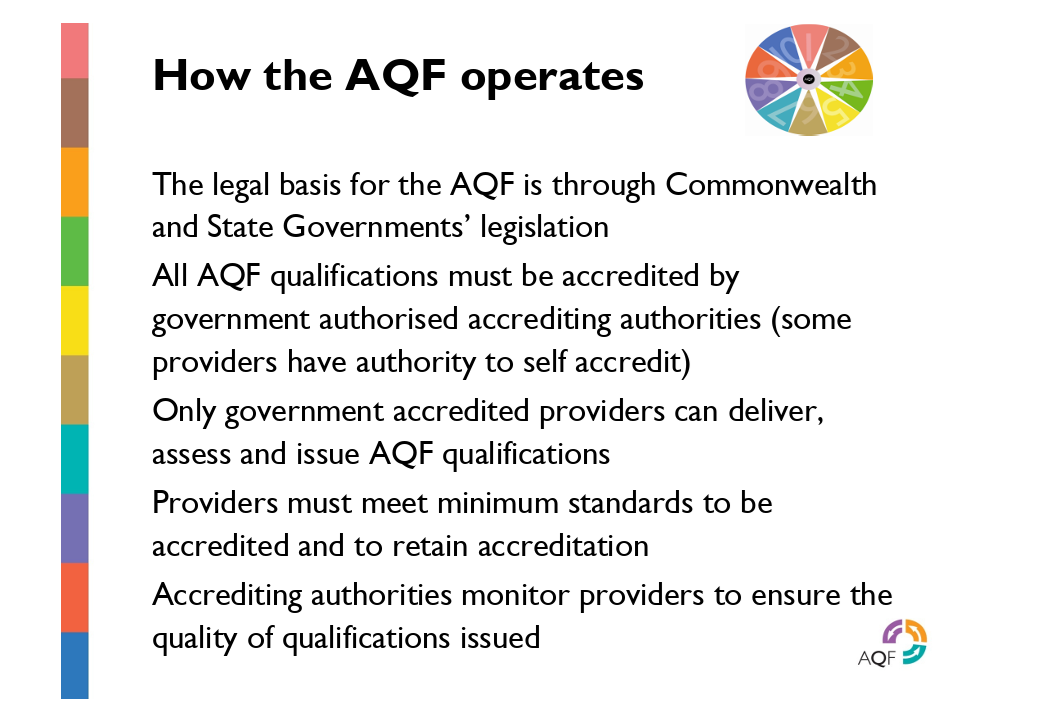
The Australian Qualifications Framework gives education in Australia a clear structure. Without it, courses would vary too much, making it harder for students, training providers, and employers to trust qualifications. Here’s how the AQF adds value:

The Australian Qualifications Framework (AQF) sets out ten levels of qualifications. Each level shows the depth of knowledge and skills a learner should gain, from entry-level certificates through to advanced research degrees. For RTOs and vocational providers, understanding these levels is vital for building courses that match national standards.

Each Australian Qualifications Framework level connects to specific study and career pathways. For RTOs, the main focus usually sits within Levels 1 to 6—Certificates I through IV, Diplomas, and Advanced Diplomas. These qualifications form the backbone of vocational training, giving learners the mix of practical skills and theory needed for work in different industries.
Levels 7 to 10—Bachelor's through Doctoral Degrees mainly fall under the higher education sector. However, the framework ensures smooth progression between vocational training and university study when learners want to continue their education.
Pro Tip: Tools like Coursebox can make creating complaint content very easy!
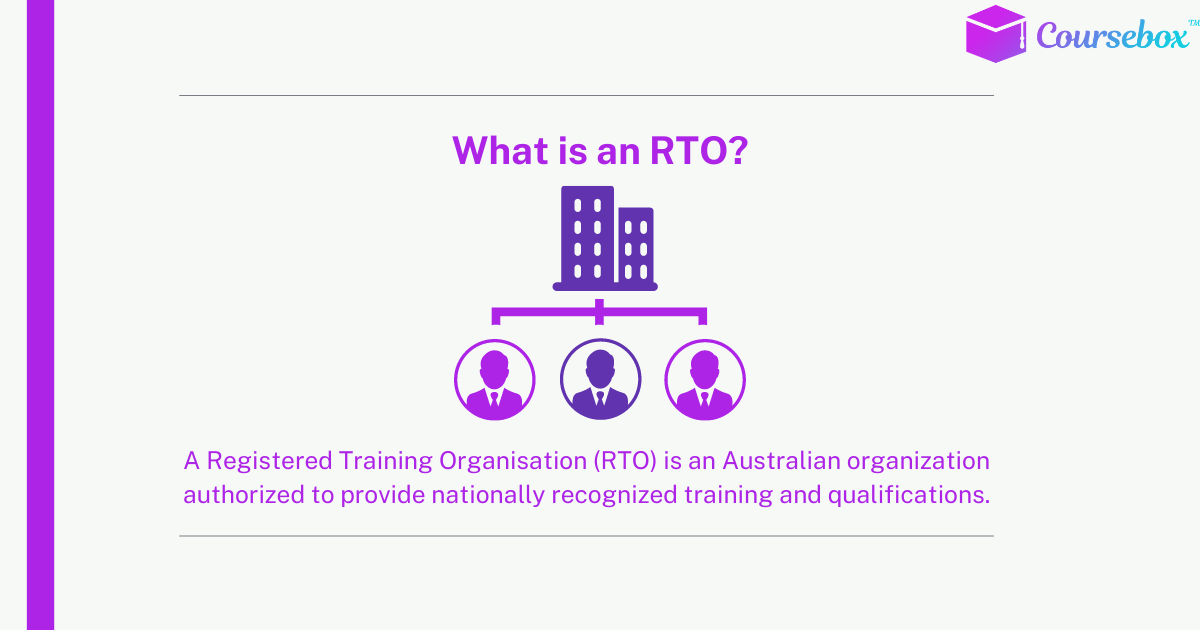
Aligning courses with the Australian Qualifications Framework (AQF) helps RTOs deliver training that meets national standards while improving outcomes for students. Beyond compliance, the framework supports course quality, clear pathways, and stronger recognition of qualifications.
The AQF sets clear learning outcomes for each qualification level. RTOs that follow these guidelines create courses with consistent standards, giving students reliable, high-quality training. Regular updates to the framework also ensure that programs keep pace with industry and technology.
Example: A Certificate IV in Training and Assessment designed with AQF standards guarantees that graduates leave with the same minimum skills, no matter which provider they choose.
The AQF connects each qualification level, making lifelong learning possible. RTO student management systems help RTOs track student progress, manage credit transfers, and support smooth transitions between AQF levels.
Students can move up (from Certificate III to Diploma) or sideways (into a similar program at the same level) without starting over. Recognition of Prior Learning (RPL) and credit transfers add flexibility by giving credit for past experience or study.
Example: A student completing a Diploma of Business can progress into a Bachelor of Business with credits applied, saving time and cost.
Because AQF standards are consistent nationwide, qualifications hold weight across all states and territories. They also align with international frameworks, giving graduates better opportunities in the global job market.
Example: Advanced Diplomas in Engineering not only support entry into technical roles within Australia but also help graduates pursue careers overseas where comparable standards exist.

Meeting AQF requirements goes beyond ticking boxes. It ensures courses are high-quality, credible, and trusted by students and employers. RTOs can follow these steps to align programs with AQF standards effectively.
Example: A Certificate III in Hospitality should cover practical kitchen skills and customer service knowledge at Level 3 standards.
Expert tip: LMSs for RTOs make designing AQF-aligned courses and assessments faster and simpler. RTOs can map learning outcomes to each level, create assessments, and ensure compliance without manual effort.

Example: For a Diploma of Project Management, include project planning exercises and case studies.
Example: Show how a Certificate IV can lead to a Diploma or higher education program.
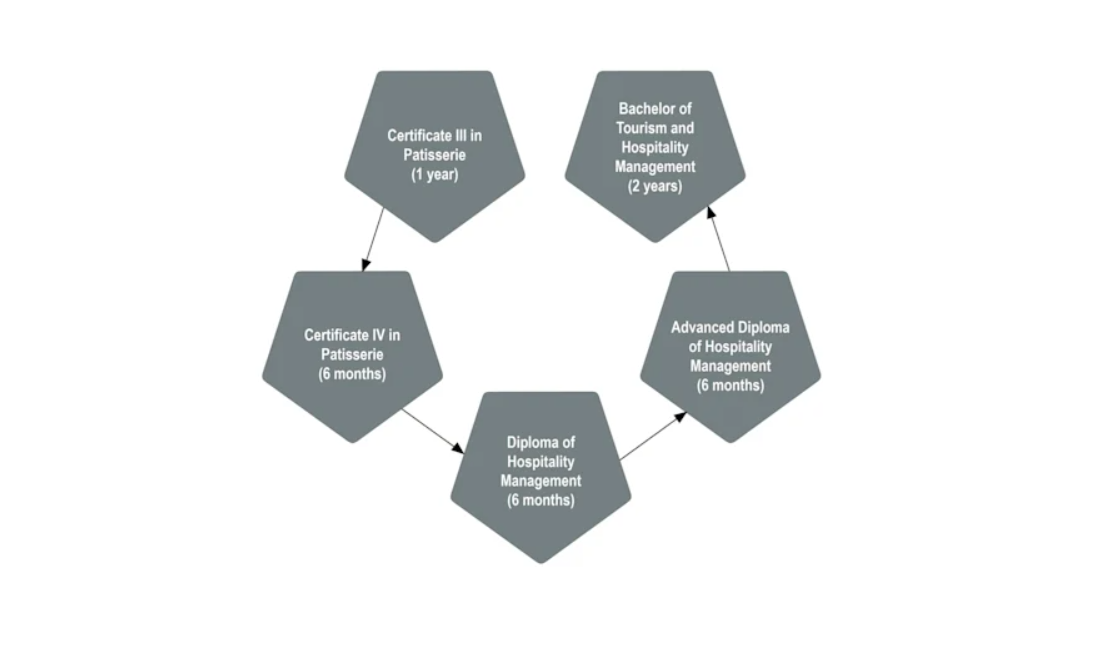
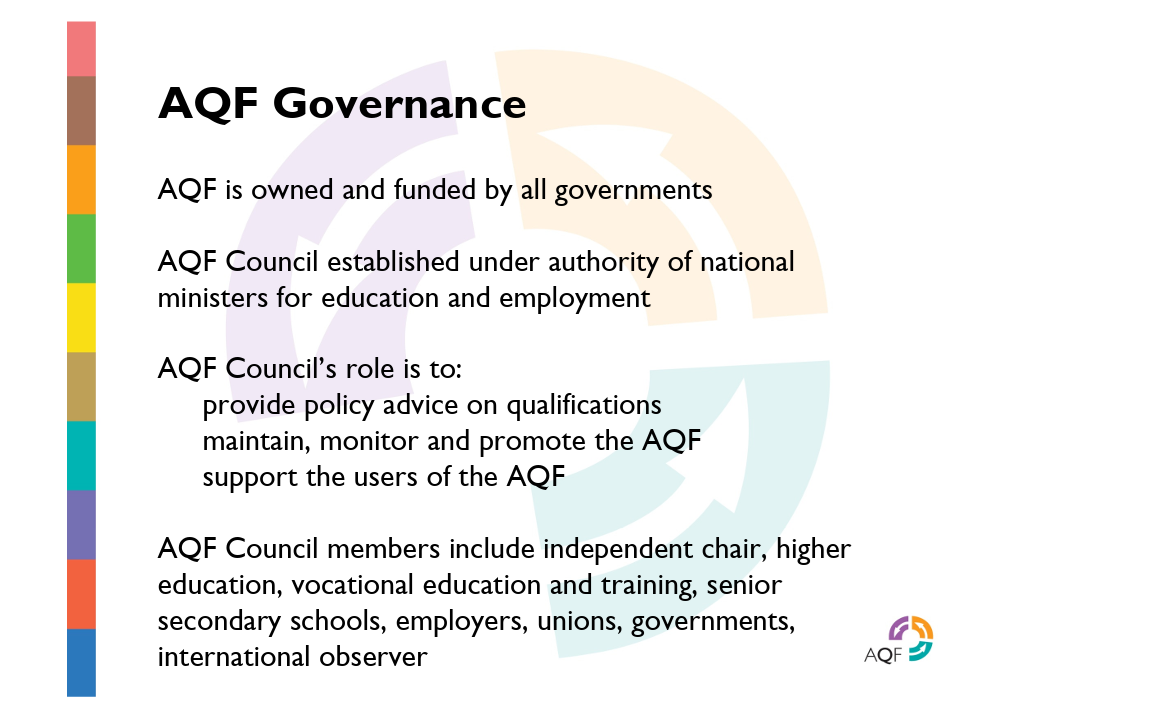
Seeing the Australian Qualifications Framework applied successfully helps RTOs understand the impact on students and employers. Let’s look at some real examples:
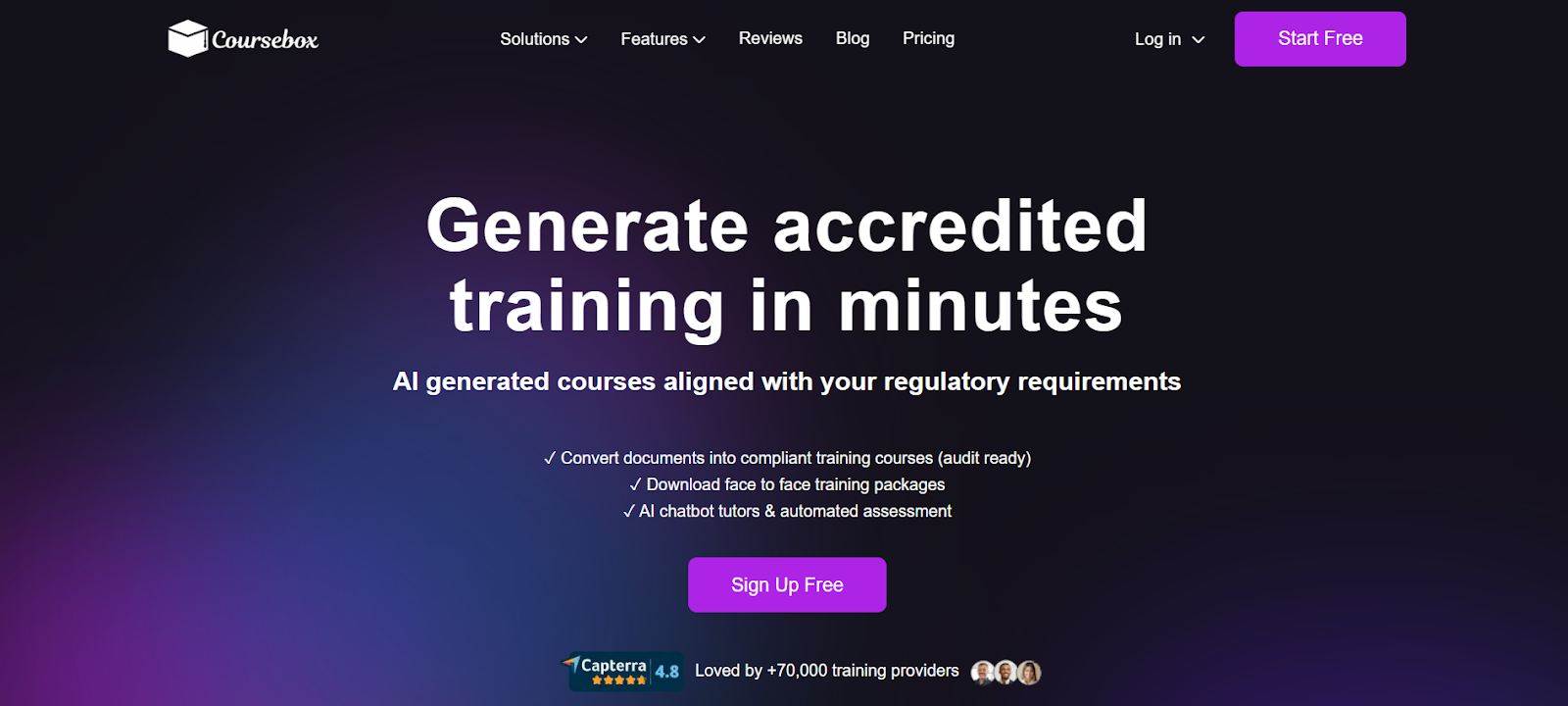
The Australian Qualifications Framework (AQF) shapes education and training across Australia. It helps RTOs deliver consistent, high-quality courses that lead to real-world outcomes. Aligning programs with AQF standards ensures compliance, improves student employability, and maintains national and international recognition.
Understanding AQF levels 1–10 helps RTOs design courses that match the skills and knowledge expected at each stage. This ranges from Certificates I–IV for vocational training to Diplomas and Advanced Diplomas for higher-level technical and leadership roles.
Looking ahead, the AQF continues to evolve:

RTOs can prepare by staying informed and adopting modular course designs. RTO management systems like Coursebox AI help create flexible, AQF-aligned programs. Investing in technology and staff training, and engaging with industry, keeps programs relevant. This approach ensures training stays competitive, compliant, and aligned with both current needs and future trends.
Book a demo today!
By mastering the AQF, RTOs position themselves as forward-thinking, adaptable providers. They can deliver valuable, recognized qualifications that open doors for learners today and tomorrow.
A Level 7 qualification in Australia corresponds to a Bachelor's Degree. It provides broad and coherent knowledge for professional work and further study. Graduates gain skills for entry-level professional roles and can continue to postgraduate education.
Yes, AQF qualifications are recognized internationally. The framework aligns with global education standards, making it easier for graduates to pursue work or further study overseas. Recognition varies by country, but AQF provides a clear benchmark for qualification comparability.
To check accreditation, search the National Register for RTOs or CRICOS. These official databases list all nationally recognized courses and Registered Training Organisations, ensuring programs meet AQF standards. Always verify with the education provider.
The National Quality Framework (NQF) for early childhood education in Australia has international recognition among education authorities and accreditation bodies. It demonstrates consistent quality standards for childcare and early learning programs, supporting global mobility for educators.
Verify qualifications by contacting the issuing institution or checking the Australian Qualifications Register (AQR). You can also request certified copies or confirmation through the relevant RTO or higher education provider.
To get an AQF Certificate III, enroll in a Certificate III program at a Registered Training Organisation (RTO). Complete the required coursework, practical assessments, and any industry placements. After successful completion, the RTO issues the nationally recognized certificate.
Get started for free today.
